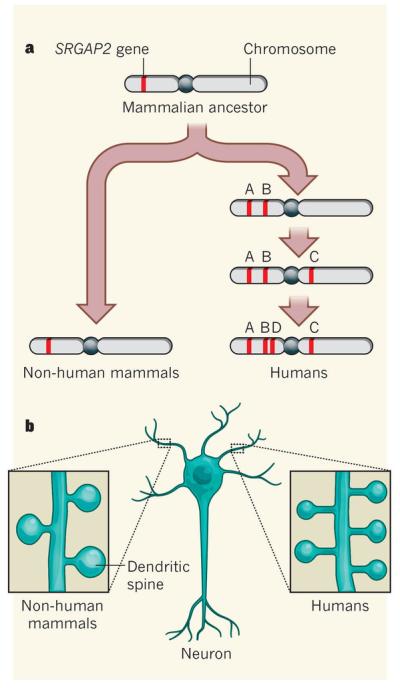Figure 1. Evolution and function of a human gene.

a, Dennis et al.3 and Charrier et al.4 detail how the SRGAP2 gene, which is found as a single copy in the genomes of most mammals, was duplicated three times during the evolution of human ancestors to give rise to four similar versions of the gene, named A–D. b, Charrier et al. demonstrate that the ‘ancestral’ version, SRGAP2A, stimulates the maturation of dendritic spines (protuberances) on the surfaces of neurons, whereas SRGAP2C promotes an increased number of immature spines in humans. This development might have contributed to the evolution of human cognitive abilities.
